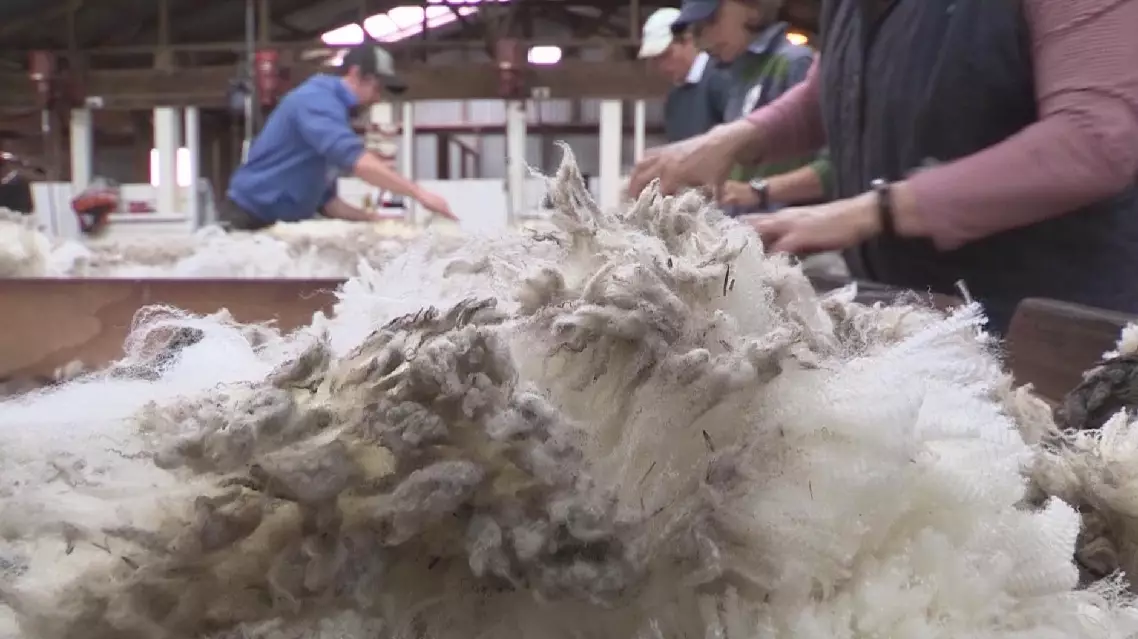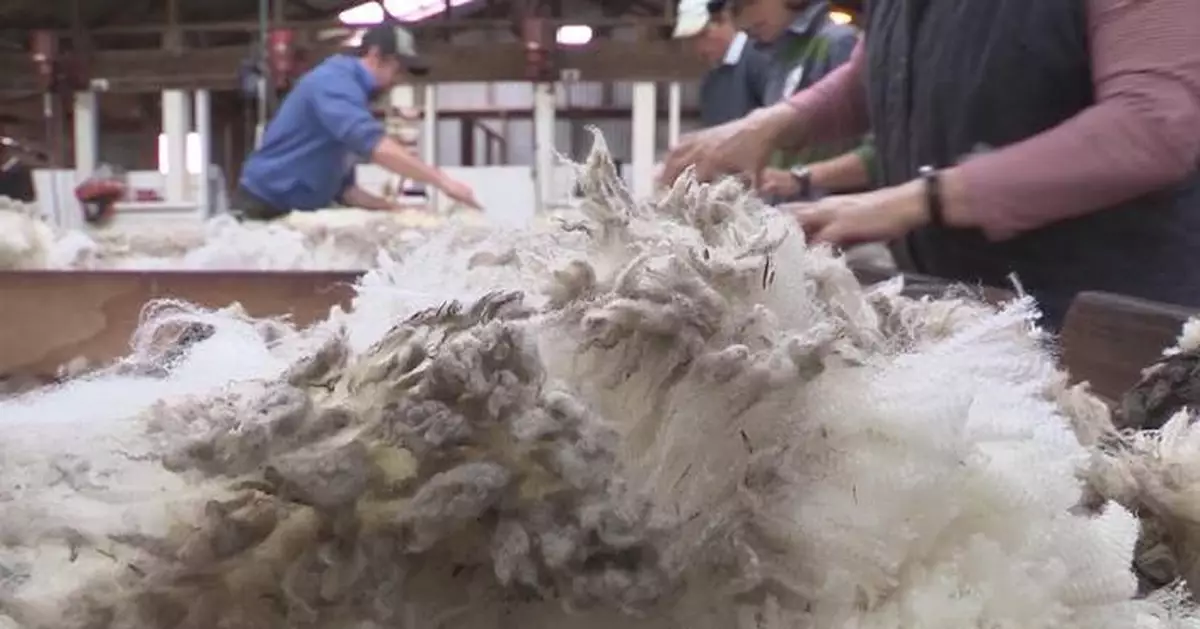As Australia's wool industry has been grappling with challenges, local producers are looking to the Chinese market to help drive demand.
Australia is a major wool producer in the world, and exports around 85 percent of its wool produces to China. This provides opportunities to businessman like Clark Yu, director of Hermitage Wool Products.
When the Chinese-born businessman first came to Australia in 2009, the idea to carve out a successful career in high-end wool products probably seemed ridiculous.
"The only thing that I knew about Australian wool is there are lots of sheep in Australia and New Zealand," Yu recalled.
The 39-year old business student immersed himself in Australia's wool industry and saw an opportunity.
"I learned that they have a multi-billion dollar industry in China every year for bedding. And quilts are one of the things that costs a lot," Yu said.
Over the past six years, Hermitage Wool Products, which makes and ships most of the high-end wool bedding products to China, has expanded rapidly, operating three warehouses across several states, despite challenges facing Australia's wool industry. Now the company produces around 250 quilts a day.
Australia's wool production levels have hit a 100-year low, and high costs are prompting a rising number of producers to leave the industry.
"The cost of shearing and the labor involved in shearing is causing some real problems and it is making a lot of primary producers look at otherwise how better they can use their land," said John Roberts, chief executive officer of Australia Wool Innovation.
Efficient processing capabilities and competitive costs have made China a key partner in the global wool trade.
"China was able to provide this processing capacity at the best cost at the time and then supply the world with the amount of wool products that it needed," said Robert Herrmann, executive director of the National Council of Wool Selling Brokers of Australia.
Now, an increasing amount of Australian wool is staying in China where it is used in domestic garment markets, creating a new opportunity for Australian producers. Companies are launching ad campaigns to highlight the benefits of wearing wool and increase demand.
"First of all, we are trying to change people's perceptions about wool and remove that conservative, old, itchy, scratchy, conservative kind of image and make people think of it as a contemporary technical fiber," said Roberts.
Yu is also working to change people's perceptions about wool.
"It's all natural, organic. It breathes well to help you sleep, and they improve the quality of your sleep - why not?" Yu said.

Australian wool producers look to Chinese market to help boost demand




















































